We Are
Keystone Metaverse Products & Conceptual Evolution
The metaverse is a novel concept that seems to often be misunderstood by the investment community. Although most notably discussed in the context of virtual reality and its associated hardware, the metaverse is actually a much broader concept than what it may seem to be. The metaverse today refers to the totality of digital worlds in which people both participate and create.
The first credible metaverse products were MMORPGs (Massive Multiplayer Online Role-Playing Games) such as World of Warcraft. These were ‘first-generation’ metaverse products owing to the fact that users were strictly limited to participation. Nonetheless, real world economics – and real world value – were created as a direct result of this extremely successful game. Items, gold, and even characters came to be priced in dollars and cents within just a months of the game being live. While limited in its formal (legal) monetization at the time, a black market rapidly developed and saw continued existence for each of these purely digital assets. The fact that these assets rapidly came to have real world value (read: worth real money) is what made it a credible instantiation of the metaverse. Previous MMORPGs were certainly instantiations of the metaverse in their own right, and had associated real world prices; World of Warcraft just stands as the most well-known first generation example.
WorldofWarcraft.com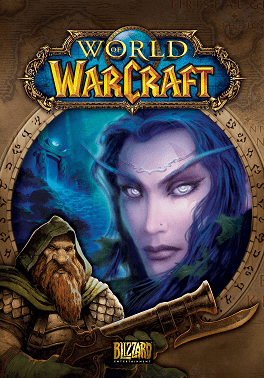
In my opinion, the second generation of the metaverse came into existence through Minecraft. To the uninitiated, Minecraft was a game released in Q4 2011. Unlike previous games, it provided a foundational layer of digital assets for players to both participate as well as create. This made it the first broadly popular “full metaverse” in the modern Silicon Valley understanding of the term. Its immense popularity, and ongoing participation therein, serve as proof of concept for the metaverse generally.
Minecraft.com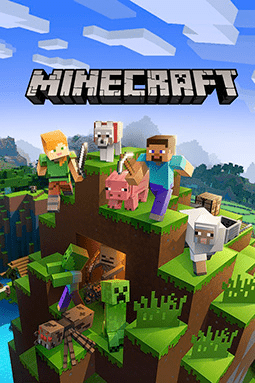
Going further, Roblox is a more dynamic and built-out implementation of the metaverse. While older than Minecraft, having been created in 2006, it is a platform that has seen a much more professional level of development – while also being a publicly traded company. Again, it provides a foundational layer of digital assets for players to play with and also construct worlds with. Each of these worlds is a metaverse in its own right, with all of the Roblox worlds/metaverses collectively representing a metaverse in its own right. Together, they are part of “the metaverse,” i.e., the totality of all digital worlds.
Next up is Fortnite. Fortnite began purely as a game that players could play in (the first generation metaverse), but has since evolved into a full/second-generation metaverse product because players can now also construct their own games/worlds using a set of digital assets. Owned by Epic Games and built on top of the Unreal Engine, Fortnite is another leading example of the metaverse today. The game engine on which it is built (Unreal Engine) is the most foundational type of metaverse creation system: a game engine. A game engine provides a set of digital assets and the capacity to integrate other digital assets, across an extremely broad range of media formats (visual, audio, and basically any kind of data).
This is what makes Meta Platforms (META) more interesting than it may seem. In the opinion of this author, Mark Zuckerberg sees the success of purely digital worlds and their associated real-world value, and seeks to create the most generalized product that exists for this – which would resemble something like a game engine. The confusion arises because of the company’s heavy focus on virtual reality, but this should not be confused for what they appear to actually be building. Instead, it appears that Meta seeks to construct a generalized game-engine/metaverse creation layer that can readily integrate into virtual reality products. This layer of digital assets can then be used for both VR and non-VR gaming or any other kind of metaverse use case. Meta’s first iteration of this generalized product, Horizon Worlds, is exactly that.
Meta.com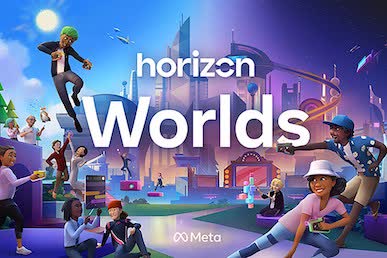
Considering this further, the scope of metaverse use cases beyond gaming is at present quite limited. Another example with real-world value, and ongoing utilization, would be flight simulators. These are purely virtual environments built on top of a realistic physics engine/simulator. They allow pilots (and anyone else) to simulate the experience of flying a plane. They are currently used extensively in the training of pilots as well as by hobbyists. The most popular consumer-facing example of this is Microsoft Flight Simulator, a game/simulation that has seen over 2 million units sold by Microsoft Corporation (MSFT) since its release in 2020.
FlightSimulator.com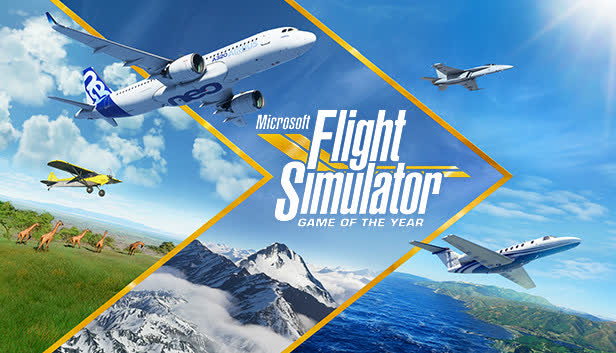
Conclusion
In sum, I hope that this clarifies what the metaverse really is. While preeminent in the gaming space, the example mentioned above is another use case that has immediate real-world value. It is a sensible assumption that other real-world training use cases for other professions, perhaps surgeons or firefighters, will open up.
As such, the metaverse opportunity is real and is not restricted to virtual reality headsets. It is the totality of all virtual worlds that are dual-sided (participate & create) that have some level of real-world value. The examples given are all proof of the ongoing value of that. It is worth looking at companies such as Roblox and Meta through these much broader lens, as that is the reality of what they are truly building and selling.


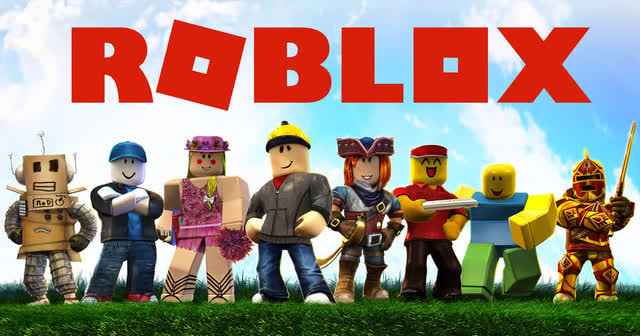
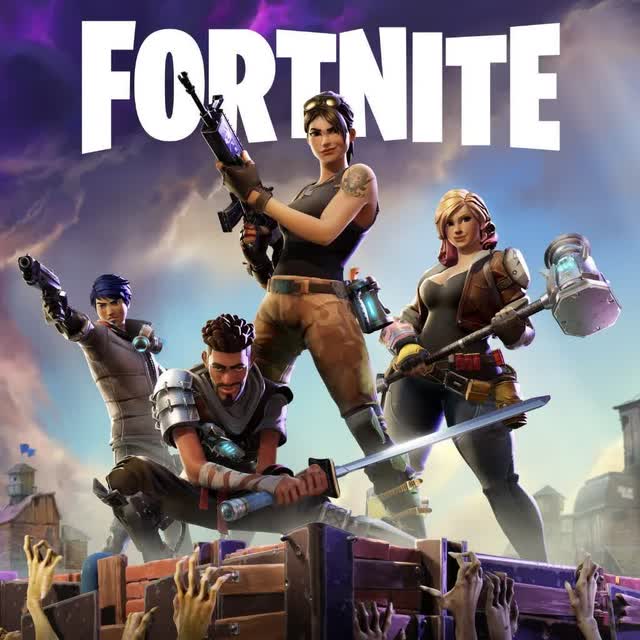
Be the first to comment